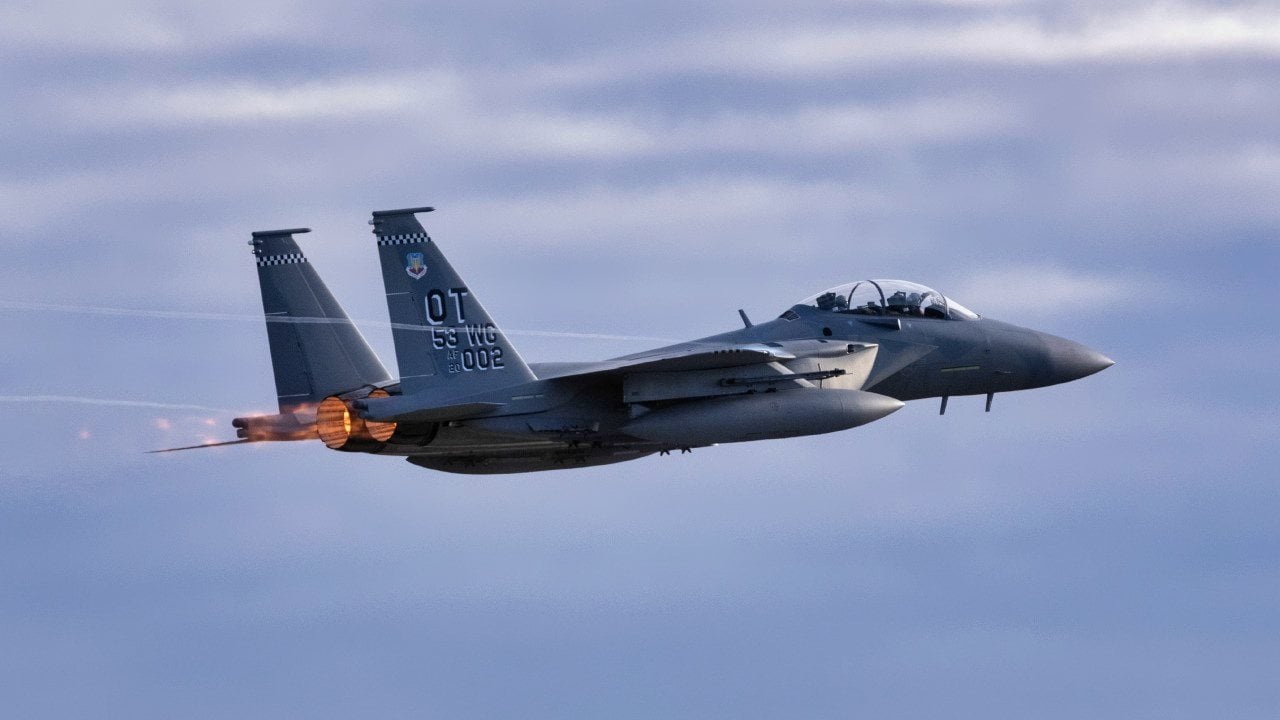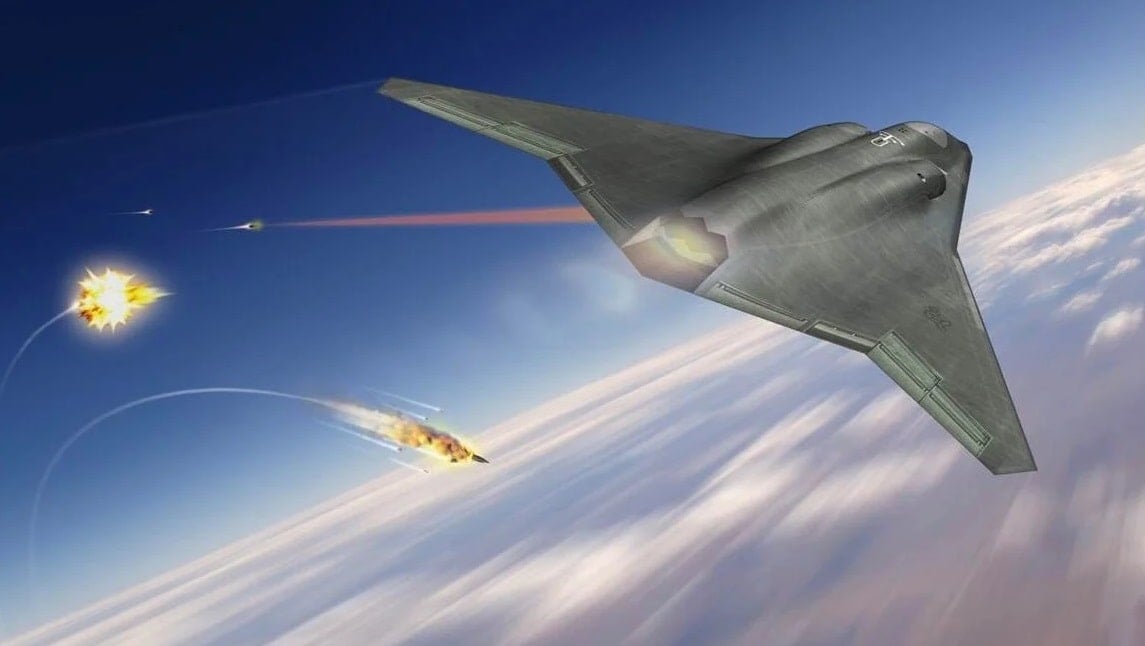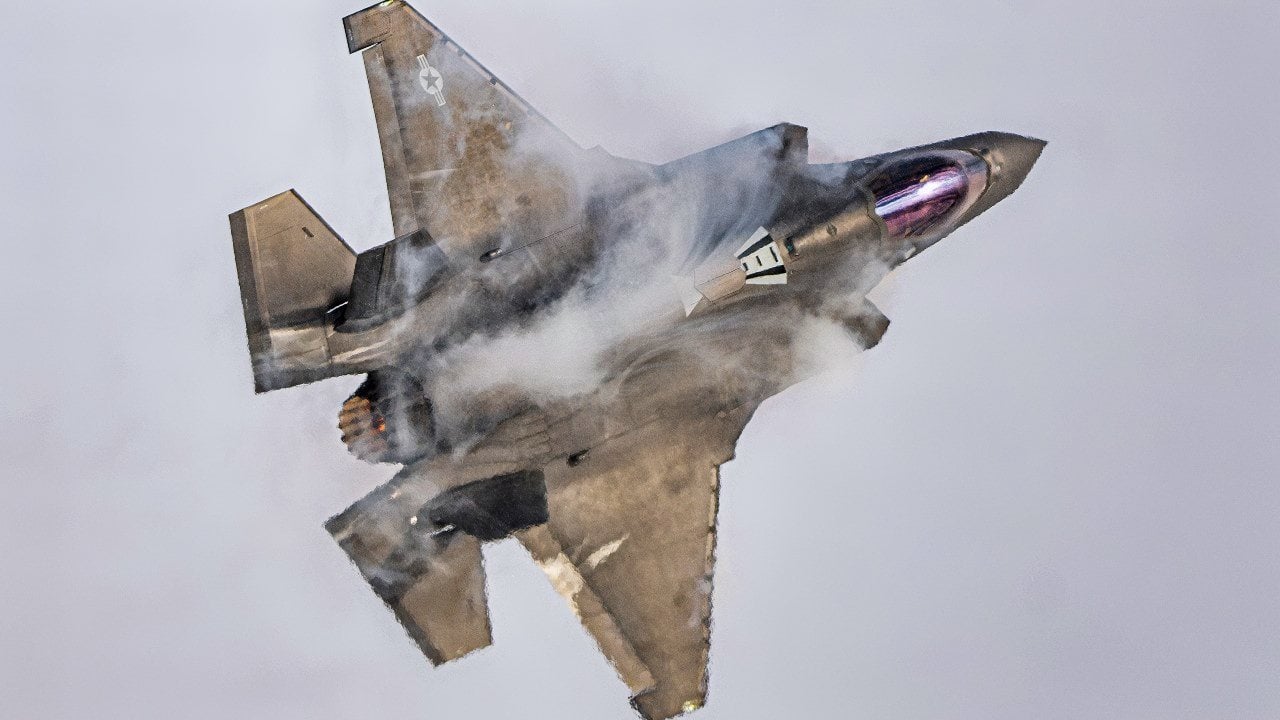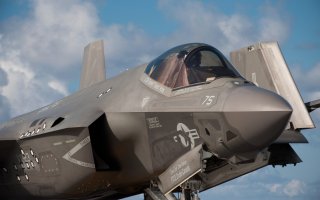Lockheed Martin Made the F-22 and F-35 Possible. Why They Will Build NGAD
Despite production issues with current projects like the F-35, Lockheed Martin is poised to lead NGAD, while Boeing may contribute loyal wingman drones, addressing pilot shortages and enhancing combat capabilities.
Summary: The U.S. defense industry has consolidated to just three primary aircraft manufacturers: Boeing, Lockheed Martin, and Northrop Grumman. Northrop Grumman is developing the B-21 Raider, while Boeing maintains the aging B-52 fleet. Lockheed Martin and Boeing are the main producers of modern fighters, with Lockheed Martin having the edge for the Next Generation Air Dominance (NGAD) program. Despite production issues with current projects like the F-35, Lockheed Martin is poised to lead NGAD, while Boeing may contribute loyal wingman drones, addressing pilot shortages and enhancing combat capabilities.
The NGAD Question
There was a time when there were a multitude of aircraft manufacturers that produced the bombers and fighters for the U.S. military. Today, that number is down to just three companies – Boeing, Lockheed Martin, and Northrop Grumman. Those firms have either acquired or merged with the other players.
And the truth is that not all that many aircraft models are now being built.
Northrop Grumman is the lead contractor for the B-21 Raider strategic bomber – which is also the first bomber to be built since it also produced the B-2 Spirit.
Boeing is among the defense contractors to keep the aging B-52 Stratofortress flying, yet the aerospace giant has been out of the "bomber-building business" for decades.
Moreover, only Boeing and Lockheed Martin are in the fighter plane business, with the former producing the F-15EX Eagle II, an upgraded version of the Cold War-era F-15 Eagle and F/A-18 Super Hornet for the U.S. Air Force and U.S. Navy, respectively. The latter produces the F-35 Lightning II in three variations, while it restarted the F-16 Fighting Falcon program for foreign sales.
What About the NGAD? Lockheed Martin Has the Best Chance To Build It
The U.S. Air Force is now seeking a sixth-generation manned aircraft that will be part of the "systems of systems" of the Next Generation Air Dominance program.
Still, it was reported last year that Northrop Grumman announced it isn't even competing for the contract.
Unless a completely new firm was to somehow enter the fray for the NGAD contract, it would leave just Boeing and Lockheed Martin as the potential firms to build the aircraft – and the odds are that it would go to Lockheed Martin, which produced not only the aforementioned Lightning II but the first fifth-generation fighter, the F-22 Raptor.
Boeing has several strikes against it.
First, the flyaway cost of its F-15EX has come in higher than expected, and it found itself in an awkward standoff with the U.S. Navy over the cost of the latest block of the F/A-18E/F Super Hornet. And then there are the troubles the aerospace firm faces with problems with its 737 Max commercial jetliners.

This could give Lockheed Martin an edge – even as the F-22 and F-35 were seen as indeed among the most costly aircraft ever built. The Air Force has acknowledged the NGAD is going to be pricey, with the manned aircraft component of the NGAD program costing upwards of $300 million.
As Alex Hollings wrote in October, "There's no denying that Uncle Sam has an affinity for expensive military platforms, with today's F-35 Lightning II effort currently holding the title for most expensive military program in history at an estimated $1.7 trillion over the jet's service life… But it's important to remember that the F-35’' price has come down dramatically thanks to the fact that a whopping 17 countries have placed orders for the advanced fighter and more than 1,000 F-35s have already been delivered to customers. In other words, despite a high operating cost, the F-35 has become one of the most widely operated fighters on the planet, and high volume has a way of bringing down costs."

Moreover, the Department of the Air Force intends to purchase just 200 or so fighters from the Next Generation Air Dominance program, with these next-generation jets expected to fly alongside another 300 advanced new Block 4 F-35s and at least 1,000 artificial intelligence-enabled drone wingmen.
Boeing Not Out of the Picture
Even if Boeing doesn't win the lucrative contract, it is likely to be a sub-contractor on the program still – and more importantly, it could provide another component or system for the NGAD, namely the loyal wingman drones.
The XQ-58A Valkyrie, which can reportedly reach speeds of up to 550 mph, is just one potential contender for the NGAD program, and later this year, it will be tested in a simulation to chase and destroy a target over the Gulf of Mexico.

A loyal wingman is especially attractive to the U.S. Air Force as the service has, in recent decades, built fewer and fewer, including the F-35 Lightning II.
That has left the service with a significantly smaller fleet – not to mention much older aircraft, like the B-52 bombers, that are older than the parents (and in many cases, the grandparents) of the current generation of aircrews.
The Air Force has plans to build 1,000 to 2,000 of the CCA for as little as $3 million apiece, while more advanced variants could be $25 million, according to a recent report from The New York Times. Even at the high end, that is just a fraction of the cost of today's advanced aircraft like the F-35. Some Air Force employees have described the program as "affordable mass."
The unmanned aircraft could help address another problem faced by the Air Force – namely its pilot shortage. The service has been forced to offer bonuses of up to $600,000 in total to keep its pilots in the cockpits. The NGAD's unmanned systems could thus be a force multiplier while solving the pilot shortage.
Drones could further enhance the capabilities of the manned fighter because the CCA likely won't be multirole aircraft like the F-35; instead, they could be more specialized to particular roles. That could include surveillance, while others could be geared towards resupply missions.

Some could fly in attack swarms to overwhelm an enemy, while there will also be those true "loyal wingmen" that protect a manned aircraft – and which are willing and able to take a bullet or more likely an anti-aircraft missile for their human.
At $3 million each, the CCA would be a bargain compared to the manned fighter and truly make the program worth every penny.
Author Experience and Expertise: Peter Suciu
Peter Suciu is a Michigan-based writer. He has contributed to more than four dozen magazines, newspapers, and websites with over 3,200 published pieces over a twenty-year career in journalism. He regularly writes about military hardware, firearms history, cybersecurity, politics, and international affairs. Peter is also a Contributing Writer for Forbes and Clearance Jobs. You can follow him on Twitter: @PeterSuciu. You can email the author: [email protected].
All images are from Creative Commons.


